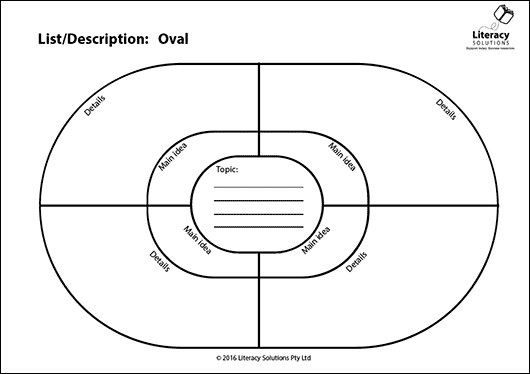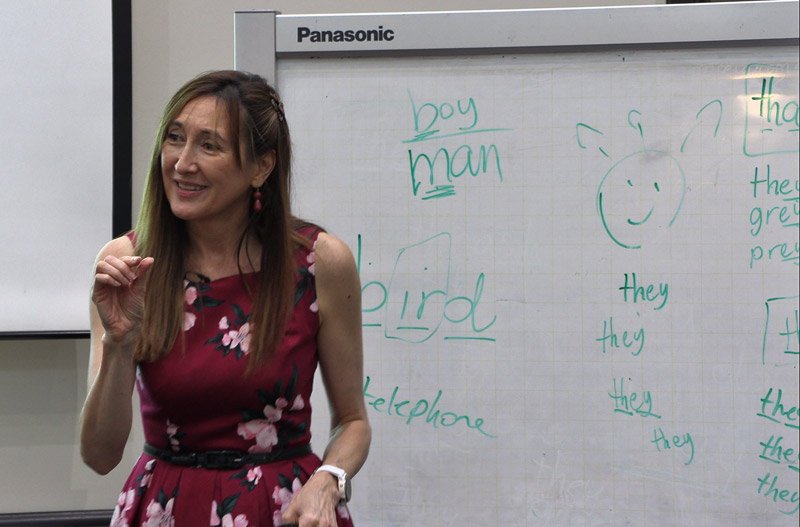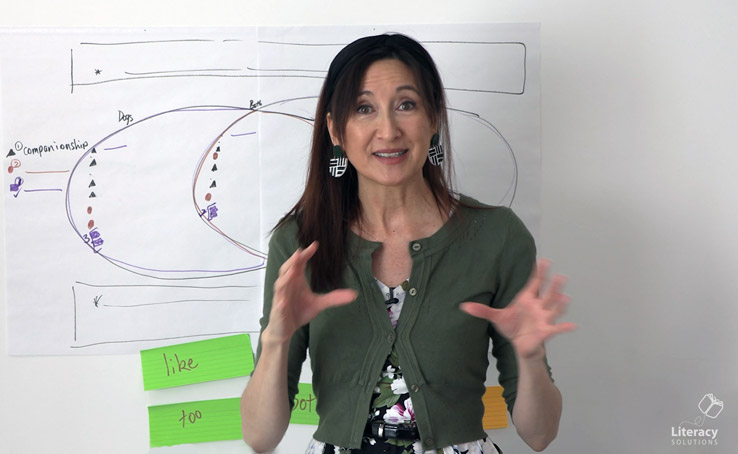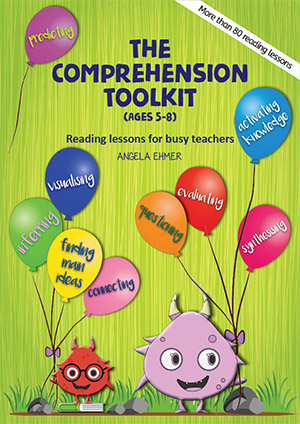Top Level Structure (Part 2 of 7)
Graphic Organisers: Part 2 of 7
Top-Level Structures (T.L.S.) are cognitive frameworks which help us to organise information. Put simply, they are frameworks for organising ideas to make them easier to understand, notice relationships between and across ideas or elements and for categorising and integrating new information with what is already known. In reading, top-level structures help us to make sense of an author’s ideas; in writing and speaking they assist us to organise our own ideas clearly and logically. top-level structures are used in everyday life and are not limited to literacy. For example,
- How many times today have you noticed similarities and differences between things?
- How often do you remember to think about causes and consequences, such as the consequence of forgetting to collect milk on the way home?
- How many problems do you solve every day?
- How many things have you had to remember so far today? Have you made any mental lists?
- How often do chat about things that have happened to you?
If you’ve ever done any of these things, top-level structures are not new to you.
If learners begin to pay closer attention, noticing the language used across different contexts, they become more aware of how common text structures are used in our daily lives. They will also be better able to use these frameworks with less support as they read, speak and craft texts.

Top-Level Structures in Reading
Sometimes the author uses the same structure throughout the text. For example, body paragraphs may feature a consistent pattern of topic/lead sentence. A consistent structure, along with the use of signal words, makes it easier for readers to identify the top-level structure. However, the author may change structure within the same text. When this occurs, it is advantageous if readers are able to recognise changes to signals, or markers, which suggest this has occurred.
When students undertake standardised tests, particularly those requiring many passages and varying text types, the ability to recognise text structures quickly is an advantage. This makes it easier to determine relevant information and locate this information more quickly when asked. Exposure to, and explicit teaching of top-level structures builds readers’ abilities to identify the overall design, or organisation of information, within the text. Readers able to recognise structures when scanning texts before reading, or early on when reading the text, have memory hooks, or frameworks, upon which to hang the information as it is presented by the author. These students can more easily sum up relevant information as they go and can more easily create a graphic organiser to support note making and comprehension.
Common Top Level Structures:
There are many top-level structures, seven of which are quite common. Of the seven listed below, the first five are most commonly used in texts at the primary, or elementary levels.
- Chronological Sequence
- Cause/Effect
- Compare/Contrast
- List/Description
- Problem Solution
- Order of Importance
- Spatial Description
Readers able to identify top-level structures are better positioned to:
- Quickly navigate the text to locate main ideas and supporting information
- Understand the different roles of sentences within and across paragraphs
- Remember relevant information and detail
- Sum up ideas from the text, or sections of the text
- Explain what the text is about
Note for teaching:
Beginning instruction around top-level structures is easier if texts used are familiar, or previously read, contain easily identifiable signal words and do not feature overlapping structures.
View the Graphic Organisers Black Line Masters.
Top-level structures and the use of graphic organisers are covered in depth in our Balanced Literacy Program workshop.




